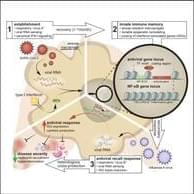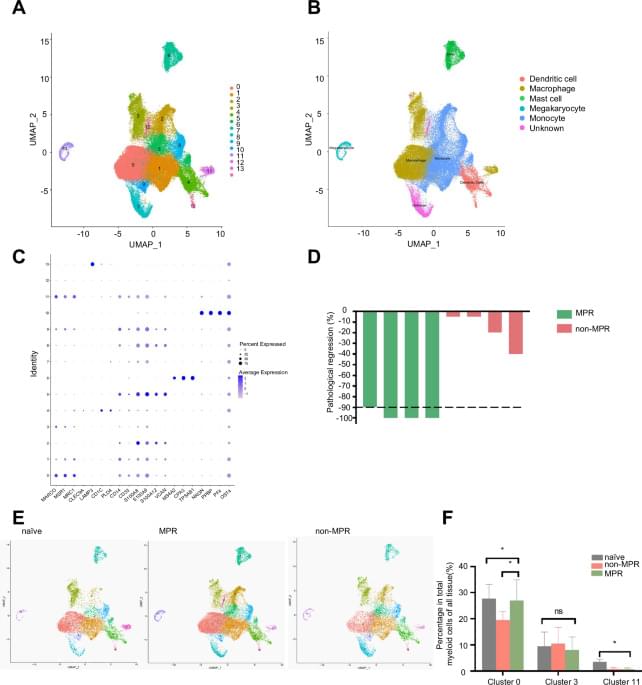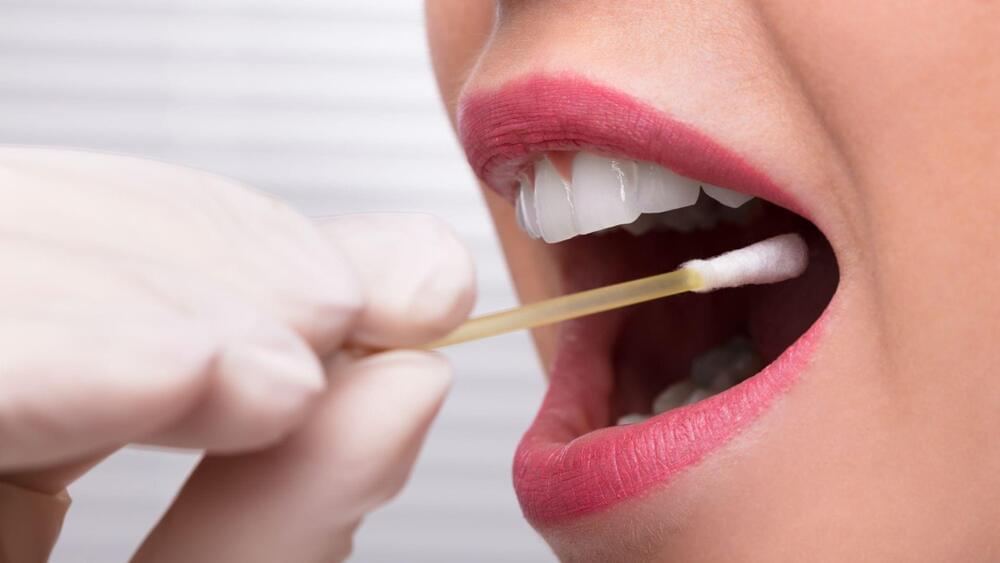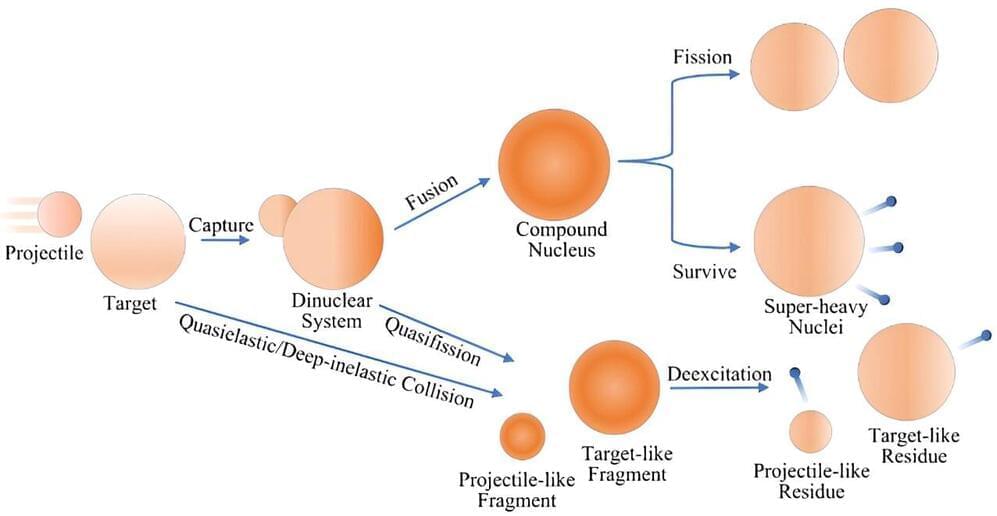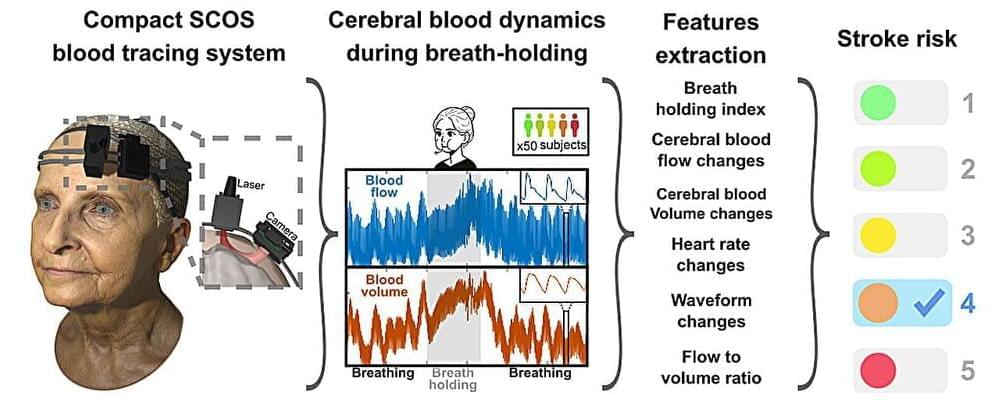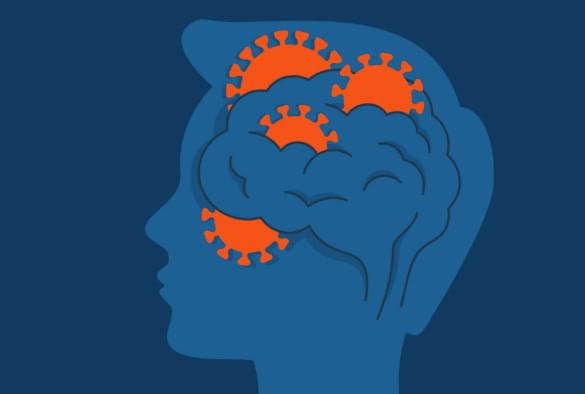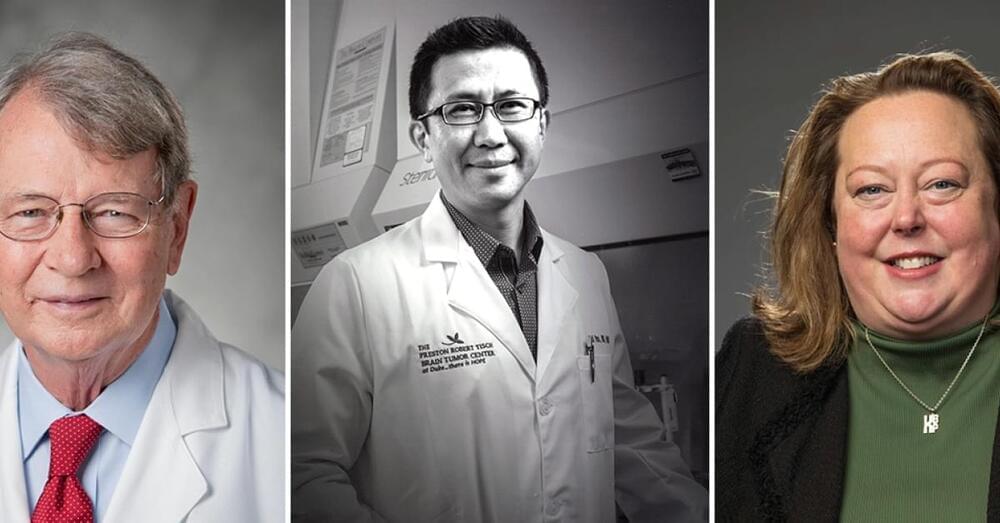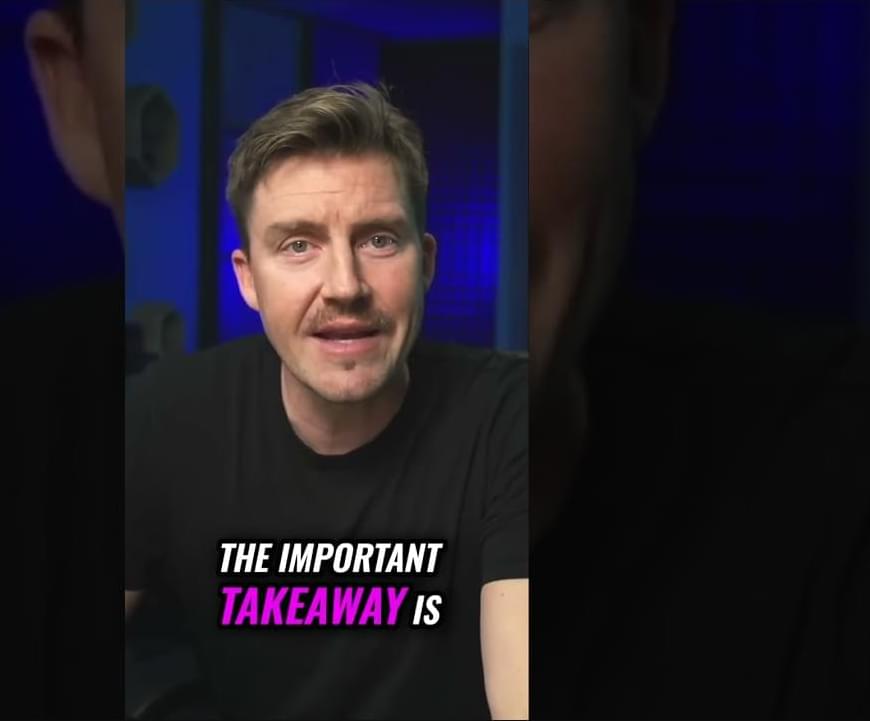Oct 1, 2024
Antiviral innate immune memory in alveolar macrophages following SARS-CoV-2 infection ameliorates secondary influenza A virus disease
Posted by Omuterema Akhahenda in categories: biotech/medical, genetics
Pathogen encounter can result in epigenetic remodeling that shapes disease caused by heterologous pathogens.
The therapeutic potential of antigen-independent innate immune memory (IIM) is of particular relevance in the context of respiratory viruses with pandemic potential. Lercher et al. find that antiviral IIM in alveolar macrophages following SARS-CoV-2 infection ameliorates disease caused by a secondary unrelated pathogen, influenza A virus.
